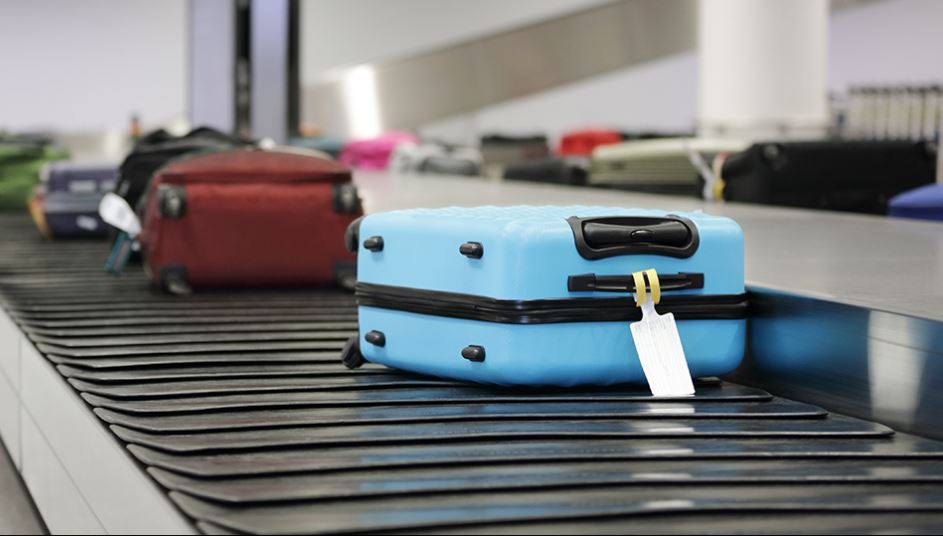Barcoding has been the technology of choice for tracking luggage for some time, but the International Air Transport Association (IATA) recommends an RFID solution. While most travelers only see the same old barcode that they hope won’t result in their bag ending up in the wrong zip code, many actually “carry a tiny UHF RFID tag,” or ultra-high radio frequency identification tag. We hope to say farewell to lost luggage with this new technology.
You may question whether this new technology is even working since we all can share a story or two about lost luggage. The answer is that many airlines and airports must still implement the technology and infrastructure to read the tags, so the goal of accuracy and cost-savings is still being realized.
The barcoding feature to track luggage came about in the 1990s and was a vast improvement for tracking bags. Still, some issues plague this technology, such as slow and inaccurate readers, resulting in luggage going to the wrong place. “Each time a read error occurs, the bag must be diverted and identified manually, which adds labor and introduces delays, especially about changing custody between airlines, ground handlers, and airports.”
The introduction of UHF RFID tags provides a proven and cost-effective solution. They are already used for inventory control, logistics, and retail. They will be used in tandem with the barcoding system, so the two technologies can work together. The hope is that eventually, RFID tags will be the primary technology for luggage tracking, and barcoding will be a backup option.
From aerospace to retail, Pragmatyxs has worked with companies to improve their inventory control through advancements in technology like barcoding and RFID. We can help companies improve accuracy and cost-effectiveness through these technologies and find the best solution for the industry and the company.
